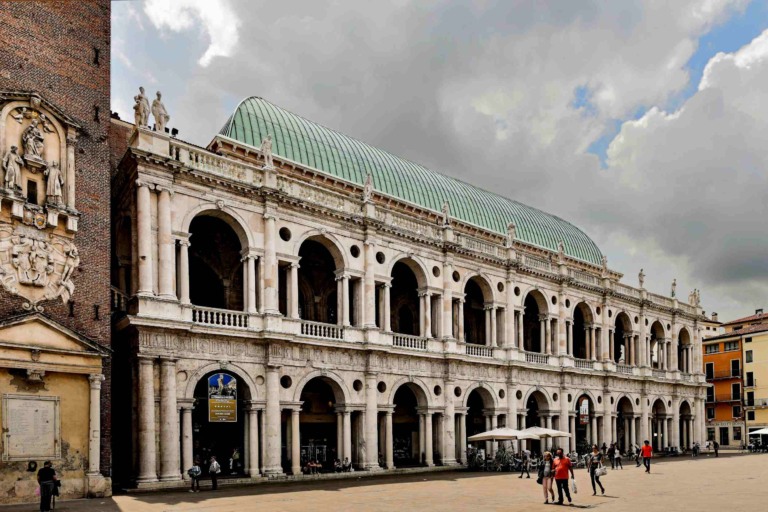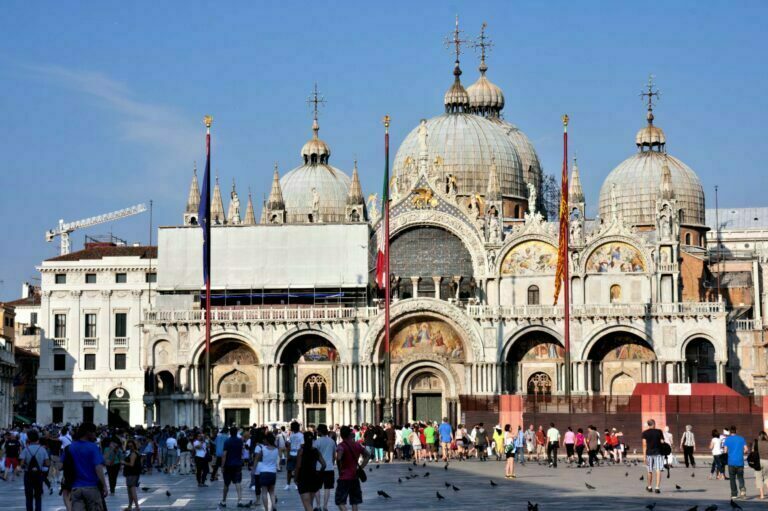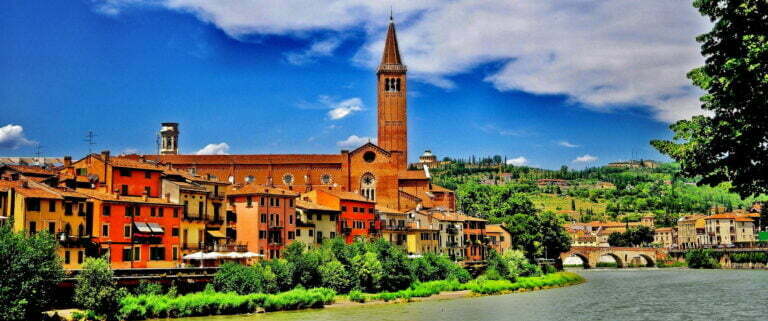Vicenza and Palladian Villas of the Veneto: The City of Vicenza and the Palladian Villas of the Veneto collectively constitute a UNESCO World Heritage Site in Italy. This site encompasses the historic city of Vicenza and a group of Palladian villas located in the Veneto region. Here is an overview:
Vicenza and Palladian Villas of the Veneto
Initially inscribed on the World Heritage List in 1994, the site originally included only the city of Vicenza with its twenty-three buildings attributed to the renowned architect Andrea Palladio, along with three villas located outside the city limits. Later, in 1996, an extension to the site included an additional twenty-one villas located in various provinces of the Veneto region.
Vicenza Italy History
Vicenza, founded in the 2nd century BC in northern Italy, experienced significant prosperity under Venetian rule from the early 15th to the late 18th century. The distinctive appearance of the city is largely owed to the architectural work of Andrea Palladio (1508–1580), whose designs were inspired by a meticulous study of classical Roman architecture.
Palladio’s contributions to the city include palazzi, or townhouses, integrated into the existing medieval urban fabric. These palaces created picturesque architectural ensembles and uninterrupted street facades, blending elements of the Veneto Gothic style with Palladio’s articulated classicism.
City of Vicenza and the Palladian Villas of the Veneto
The Palladian country villa, a hallmark of Palladio’s work, encapsulates both the practical aspects of land management and the aristocratic self-expression of the owner. These villas often feature a central house-temple, adorned with a grand staircase and crowned by a pediment supported by loggia columns.
Porticos extend from the main building to the wings, frequently terminating in towers. Palladio employed a consistent classical architectural language throughout these structures, maintaining a clear hierarchy and order. Vicenza is widely recognized as “la città di Palladio” (the city of Palladio) and serves as a testament to his enduring influence.
Palladio’s architectural philosophy, rooted in the study of classical Roman architecture, inspired an architectural movement that remains unparalleled in history. The city of Vicenza represents the birthplace of this movement and retains many of Palladio’s original works. It is a unique example of a humanist concept that draws on a vibrant interpretation of antiquity.
The World Heritage site extends the acknowledgment of Andrea Palladio’s Outstanding Universal Value to encompass his diverse creative expressions across the Veneto region, highlighting his adaptability in applying architectural principles to both rural and urban contexts.
City of Vicenza
1. Location: Vicenza is a city in the Veneto region of northeastern Italy.
2. Historical Significance: Vicenza has a rich history dating back to ancient times. It prospered under Venetian rule during the Renaissance and later periods.
3. Andrea Palladio’s Influence: The city is renowned for its architectural heritage, much of which is attributed to the famous Renaissance architect Andrea Palladio. Palladio’s work in Vicenza includes numerous palaces, public buildings, and churches, each showcasing his distinctive classical style.
Palladian Villas of the Veneto
4. Location: The Palladian villas are scattered throughout the Veneto region, which includes areas around Vicenza, Padua, and Venice.
5. Architectural Legacy: The Palladian villas are a collection of rural residences designed by Andrea Palladio during the Renaissance. They represent a fusion of classical Roman architecture with innovative designs that influenced architectural trends in Europe.
6. Diverse Villas: These villas range from small country cottages to grand estates. They were built for Venetian nobility and served various purposes, including agricultural estates and vacation homes.
7. Architectural Features: Palladio’s designs for the villas are characterized by symmetry, classical proportions, and the use of elements like pediments, columns, and loggias. They often feature stunning gardens and landscapes.
Together, the City of Vicenza and the Palladian Villas of the Veneto are celebrated for their architectural and historical significance. They represent a harmonious blend of classical and Renaissance architectural styles and are a testament to the enduring influence of Andrea Palladio on the world of architecture.
Visitors can explore the city of Vicenza’s historic center and admire Palladio’s masterpieces while also venturing into the Veneto countryside to discover the Palladian villas that dot the landscape.



